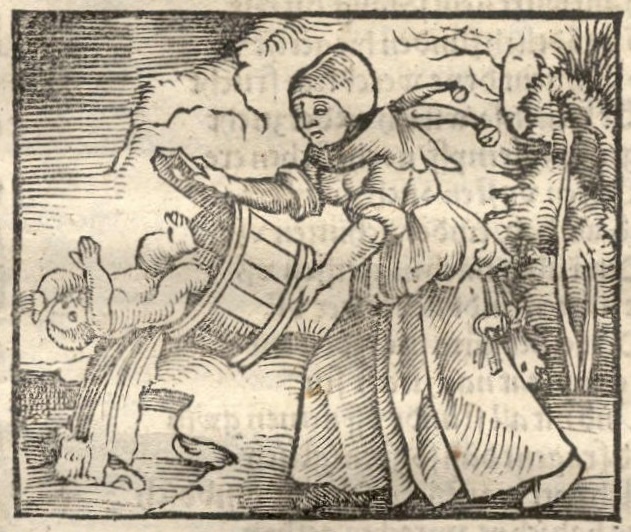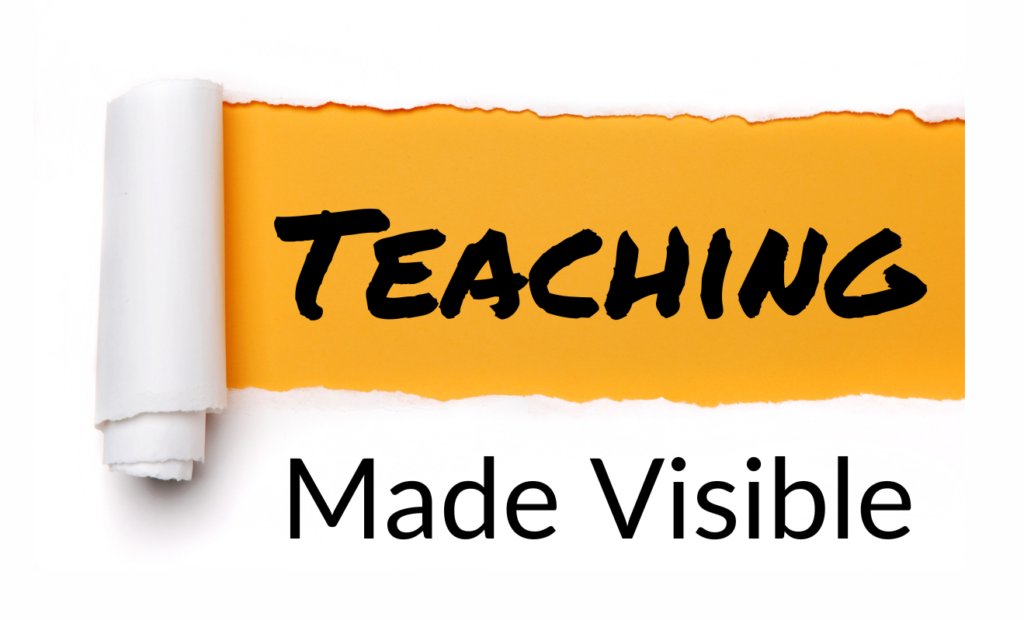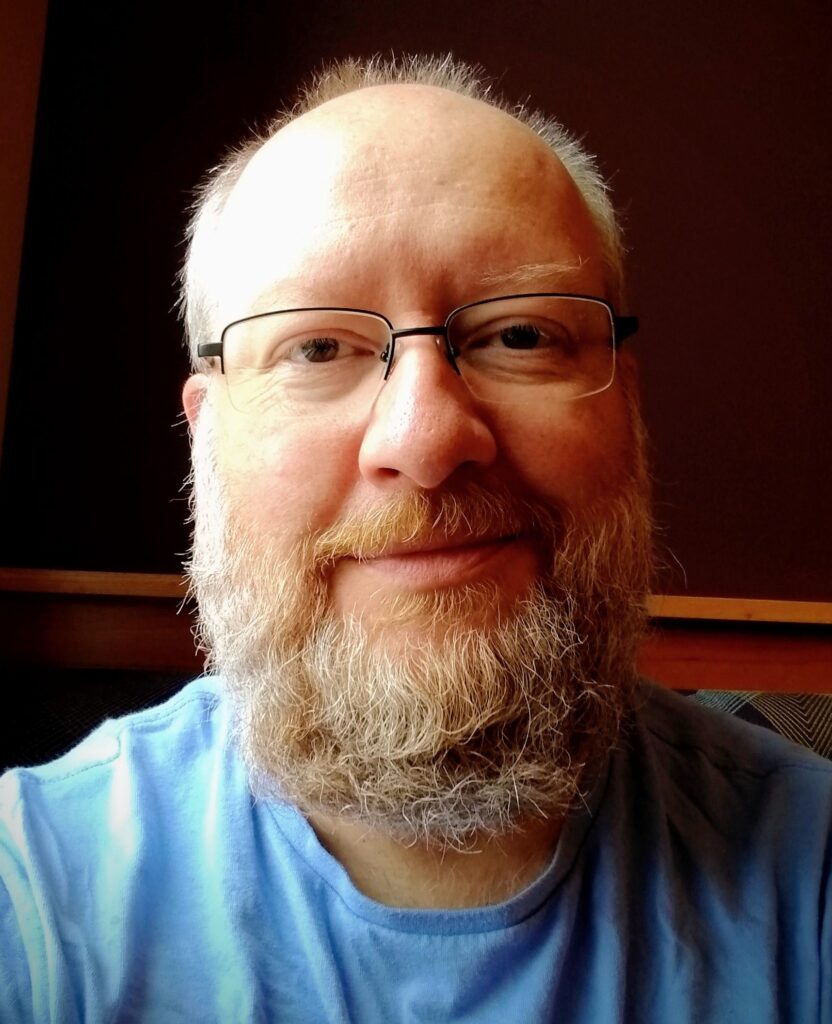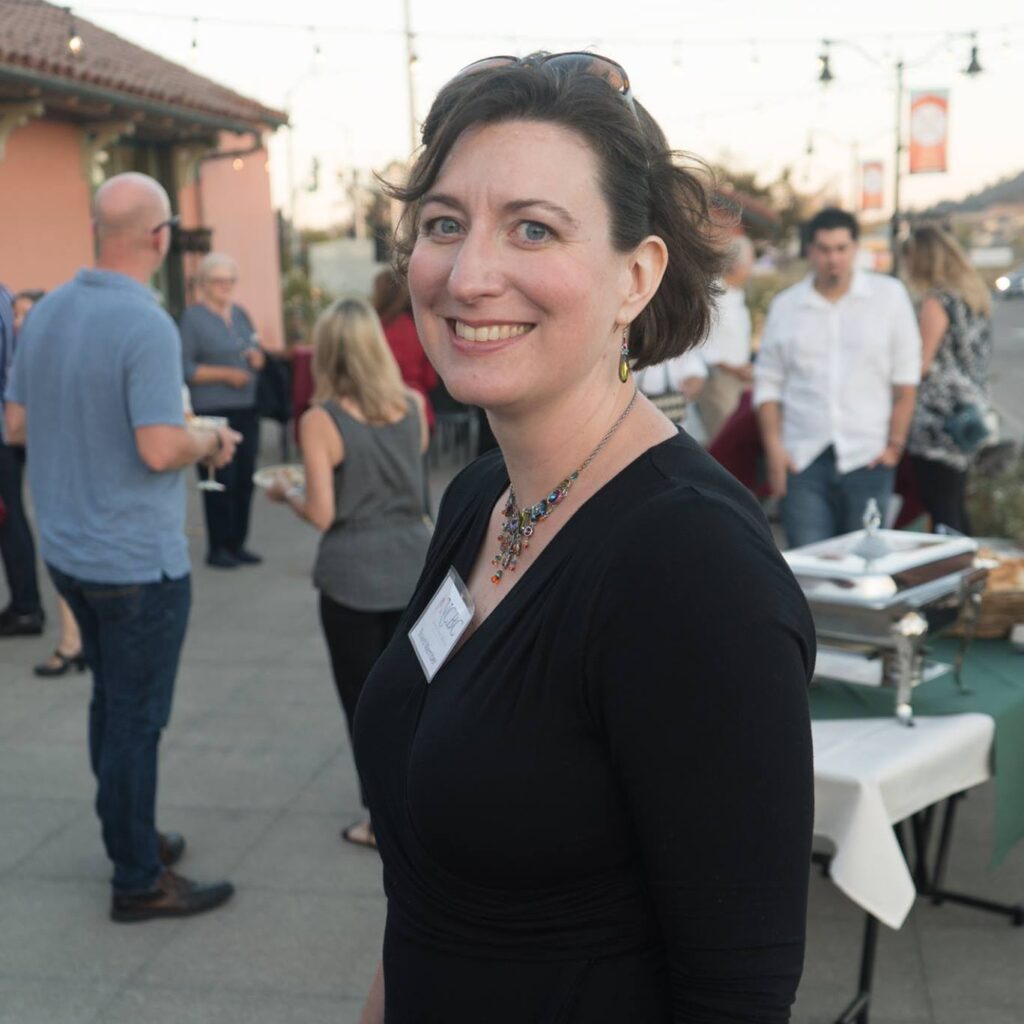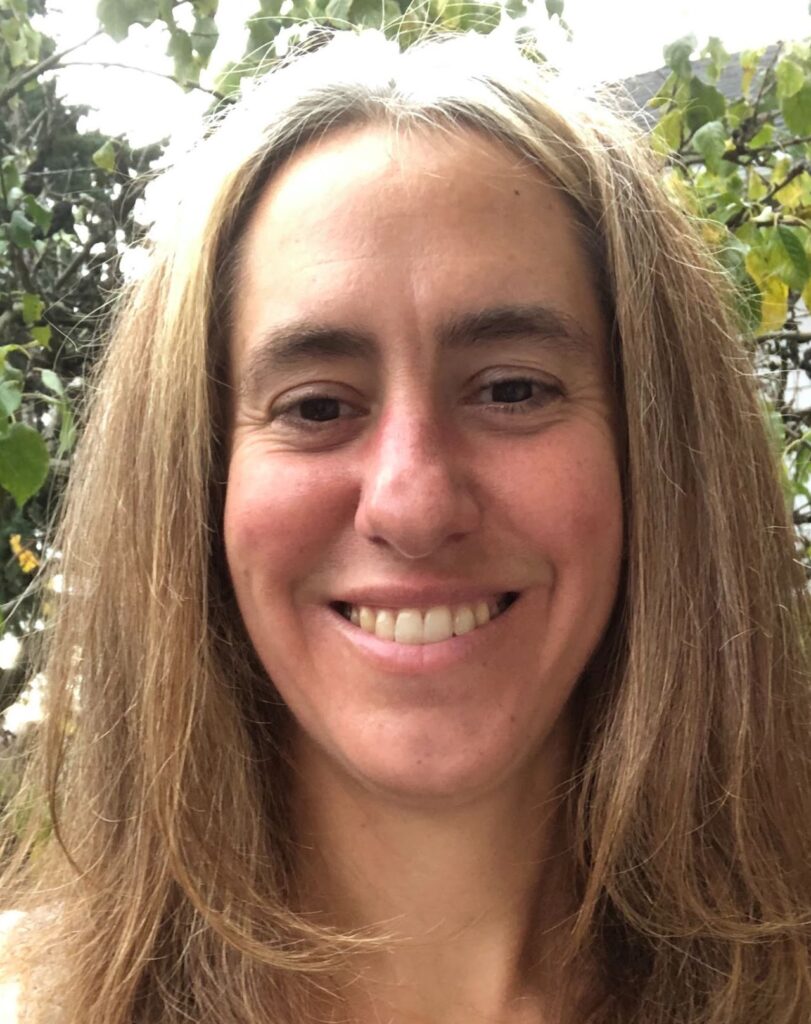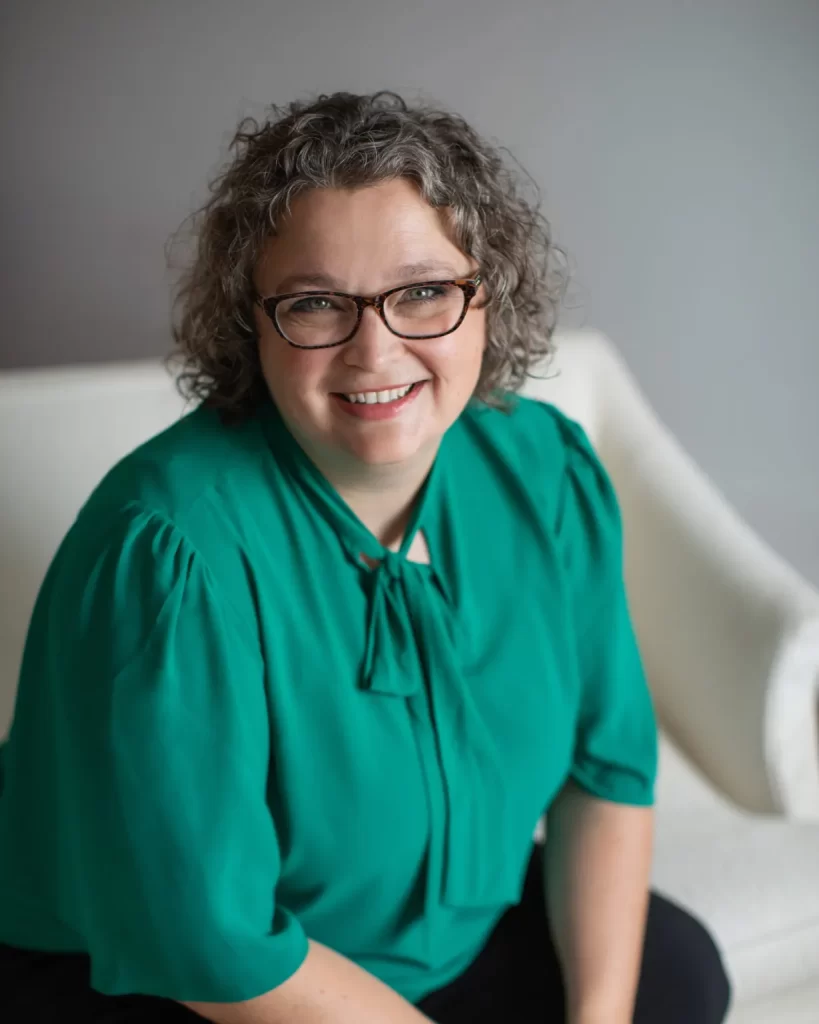
There have been so many thoughts swimming around in my head in preparation for writing my first blog post here. I’ve been wrestling with positionality for a couple of years as a white, female body in a profession dominated by others who look like me. While the link above refers to the term positionality as “how differences in social position and power shape identities and access in society,” another very real aspect of positionality is how I am perceived by others because of my identities, and in light of others’ positionalities.
In addition to thinking about my presence and the effect it has on others in my classroom, I also think about my practices, how they are formed, and who benefits or is harmed by them.
One of my passions within the field of education is teaching (and presenting to other teachers) around critical thinking. I find myself changing as a human through the questions I wrestle with, and so my blog submission here is centered on questions we should be asking ourselves, and my meandering thoughts about each of them. For me, asking questions leads to asking more questions–until eventually I get to the questions that really need to be asked. I hope you’ll join in and add some questions of your own.
Presence in the Room
How often do we consider the power dynamics at play in our daily interactions? Even as we grow collective consciousness around positionality, power dynamics don’t yet get enough attention in many educational spaces. Partially, this is a product of our system–a Frierian concept of learning, where teachers and other adults subscribe to the hierarchical system of being the authority in the room. The other part is the pace: juggling academics, meetings, parent phone calls, dealing with social and emotional issues with students, sick kids, etc. etc. It wouldn’t be too much of a hyperbole to say that I move a hundred miles a minute some days. And yet, that autopilot allows us to ignore the perpetuation of “power over” within our spaces.
As I think about days I’ve felt most successful at my job, I’m aware that those are the days that are most dialogic with my students, the times I’ve paused the “hectic” and made adequate space for critical, student-led conversations–for all of us to be human together. Autopilot is responsible for so much of our bias creeping out from the recesses of our brains and into our practices–and ultimately, part of our bias reflects our upbringing and experiences we had as students in the classroom, including management, and teacher/student roles and relationships. I wonder what this looks like in other areas of education and in other professions entirely? How are others aware of power dynamics? How do you counter hierarchical power imbalances within your spaces?
What do students perceive / What do I want my students to see?
A few years ago, my principal asked us to give descriptors of our best teachers–what made them people we still remember today? We were also asked to describe what qualities stood out in those who were our least favorite. Teachers who were caring toward students, took time to listen, pushed students to do their best, were a consistent positive presence, and showed compassion to their students stood out as memorable. Those who just taught their content, didn’t seem to care, were sarcastic, had “favorites” or didn’t really know the students personally stood out in the opposite way–it was clear that teaching was just a job for them. First of all, I love this activity as a way to reflect on how I show up every day. Am I memorable? Have I created an environment within my classroom that I would want others to remember in positive ways? Would I as a student have remembered me as an educator? I think about what my students perceive about me, as a teacher as well as a white, middle-aged female. How do they experience my presence in the room, and what are their perceptions about how I create learning spaces for them. While I do get feedback from students and families pretty regularly, I reflect on how students’ perceptions likely vary according to their identities within my space.
Last fall I listened to a newer podcast on leadership called Disrupting Our Practice, specifically an episode that focused on positionality. It completely changed my perspective on how I’m perceived in professional spaces (I highly recommend a listen). I wonder if others wrestle with how they are perceived in their professional spaces. Does stopping to reflect on perceptions and positionality cause us to reconsider practices or change how we operate?
These discussions are happening in every field right now, and I’m curious to see specifically how it might shift educational practices in the next decade. What shifts have you noticed in your settings, and what do see as outcomes of disrupting the educational status quo?
